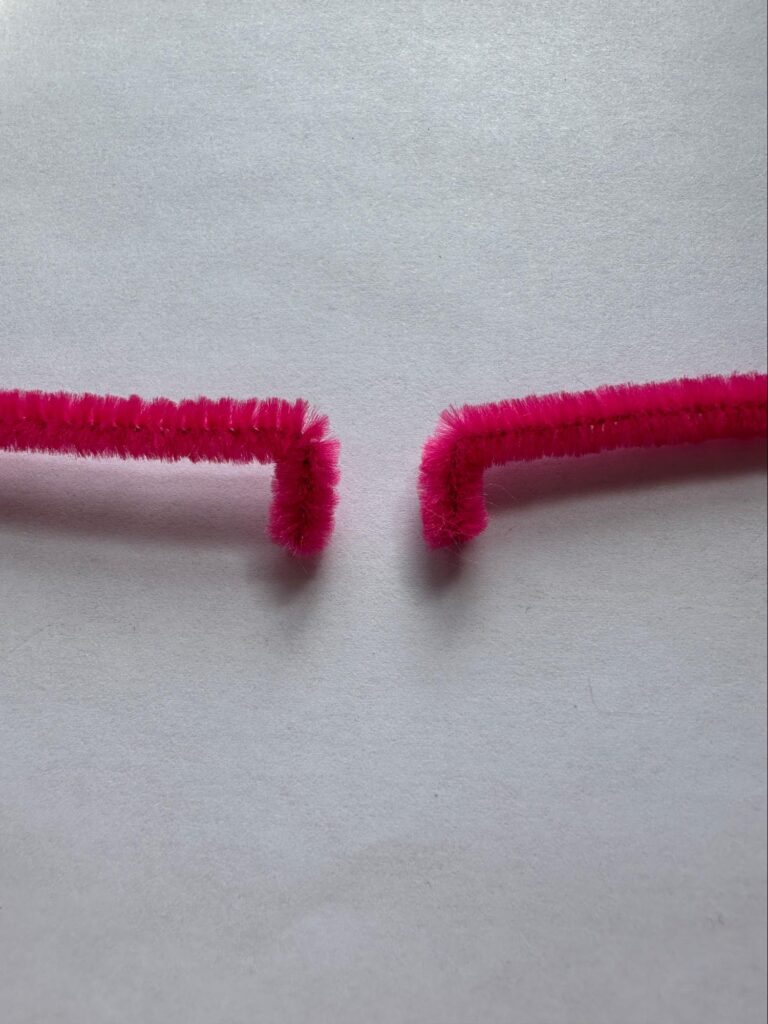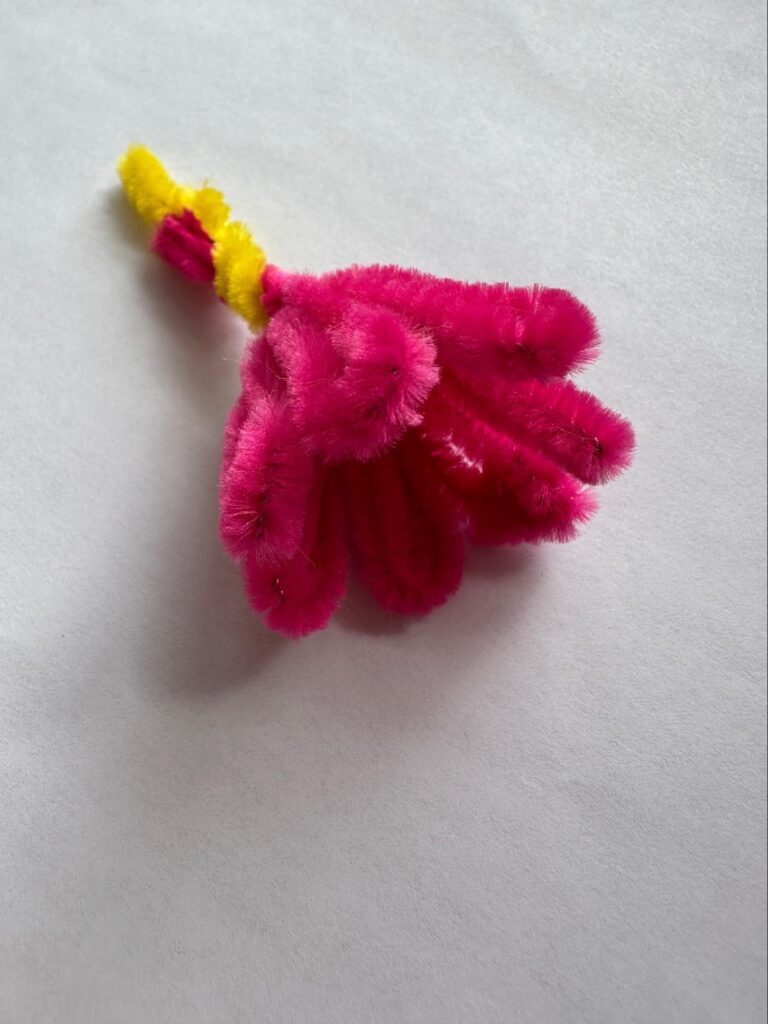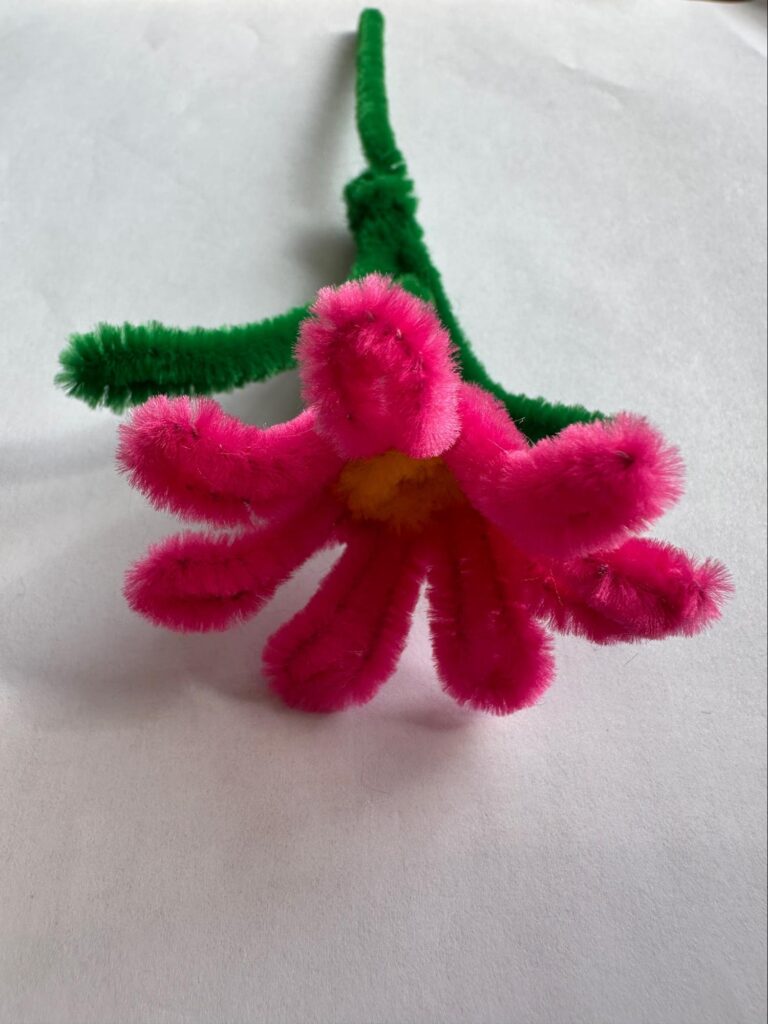Each year, Mother’s Day falls on the second Sunday of May. People from around the world take time to celebrate the hard work and contributions of mothers. Mother’s Day has been celebrated since the time of the Ancient Greeks. However, the celebrations then looked a little different from our Mother’s Day traditions now.
The Ancient Greeks celebrated Mother’s Day in honor of Rhea, the “Mother of the Gods,” and Gaia, “Mother Earth,” in the spring, the season of renewal and fertility. The Greeks would often hold festivals that included parades, gatherings, and feasts to celebrate the importance of motherhood. They prayed to the goddesses and gave offerings of flowers and fruit in hopes of getting their blessings.
Mother’s Day became a nationally recognized holiday in the US thanks to the efforts of American activist Anna Jarvis. She first started campaigning in the early 1900s to have a day dedicated just for mothers. She was motivated by her mother’s passing a few years earlier, on the second Sunday of May. Mother’s Day rapidly gained popularity and became a national US holiday in 1914.
Even though the Greeks’ Mother’s Day celebration and our modern Mother’s Day celebration both happen in spring, the ways in which they are celebrated are vastly different. The Greeks’ Mother’s Day had a religious background, celebrating goddesses: Rhea and Gaia, while contemporary Mother’s Day celebrates the mothers in our lives. And while the Greeks celebrated Mother’s Day with their communities through festivals, parades, and feasts, Mother’s Day today is more commonly celebrated with family by going to dinner or having a family picnic. The offerings that the Ancient Greeks gave to their goddesses have now become the gifts we give to our mothers.
Gifts have become an integral part of the way Mother’s Day is celebrated in the US today. According to the National Retail Federation, Americans spend around 7 billion dollars on jewelry, 5.9 billion dollars on special outings, 3.5 billion dollars on electronics, 3.2 billion dollars on flowers, and 1.1 billion dollars on greeting cards each year. In the weeks leading up to the holiday, many stores hold Mother’s Day deals in order to entice consumers into buying more.
As Mother’s Day became more widespread in the twentieth century, Anna Jarvis, the original benefactor of the holiday, began protesting against it, arguing that it had become too commercialized.
This Mother’s Day, instead of giving another store-bought gift, try your hand at crafting a homemade gift. They showcase your creativity, effort, and the thought you put in. Crafts can also make Mother’s Day gifts more accessible for people like students who may not have the necessary funds to buy expensive gifts. Try making this easy but beautiful pipe cleaner flower for the great mothers in your life this year!
Instructions:
- Get two pipe cleaners of the same color to make a flower. Make a tiny fold at the end of each one of the pipe cleaners.

2. Hook the two folded ends together and fold them over each other to attach the two pipe cleaners to make one longer pipe cleaner.
3. Wrap the pipe cleaner around two pencils, leaving about an inch of pipe cleaner on each end. Try not to wrap it too tightly. The ends should be on the same side of the pencils.
4. Twist the two ends together, once, and pull it off the pencils.
5. Put the longer end through the loops. Then twist the ends.
6. Spread out each loop to make a circle. Then pull the twisted ends so it’s under the loops. Turn each loop ninety degrees to make the petals.
7. Get a pipe cleaner that will be the middle of your flower. Make a ‘Z’ shape two inches from one end. Wrap the longer end around the ‘Z’ until your desired size. Cut the excess and tuck the end into the circle formed. Twist the two ends together.

8. Stick this into the middle of your flower. Twist all ends together.
9. Slant all of the petals so they face the center of the flower. Shape the ends of each petal down.

10. Take a pipe cleaner to make leaves. Cut it in half. Bend each piece in half and twist the ends together to make a leaf shape.
11. You can attach another pipe cleaner or skewer to the flower to be the stem. Wrap the leaves around the stem.
12. Repeat all these steps above to make a bouquet!


Be First to Comment